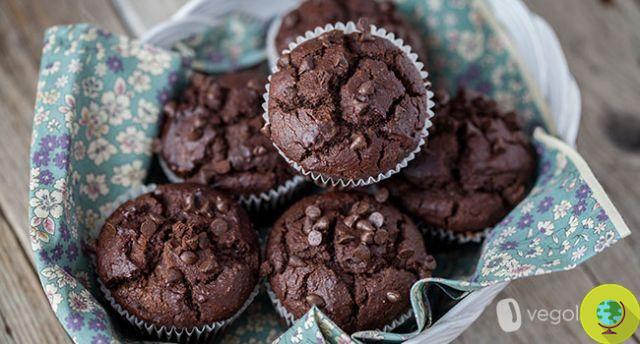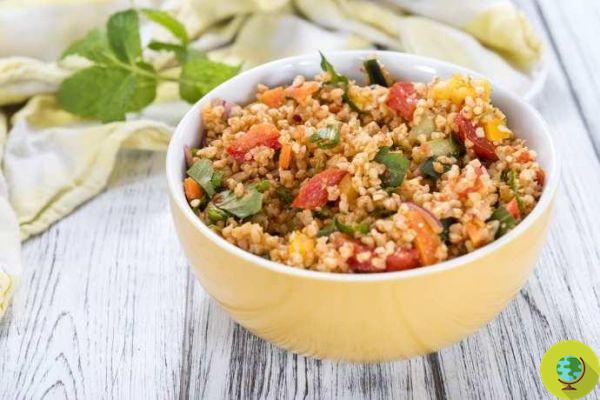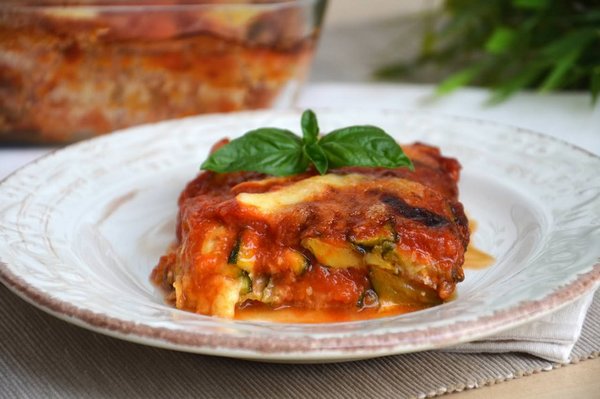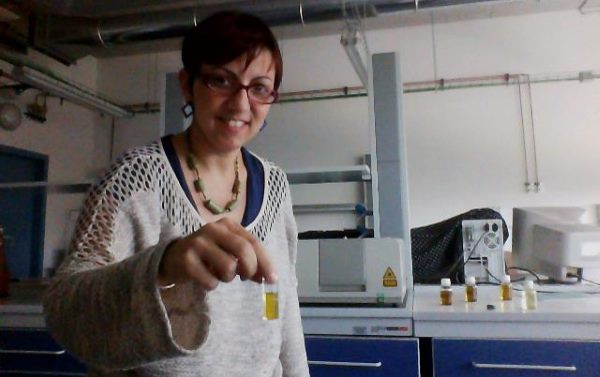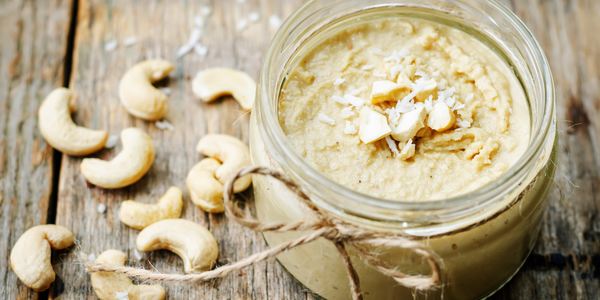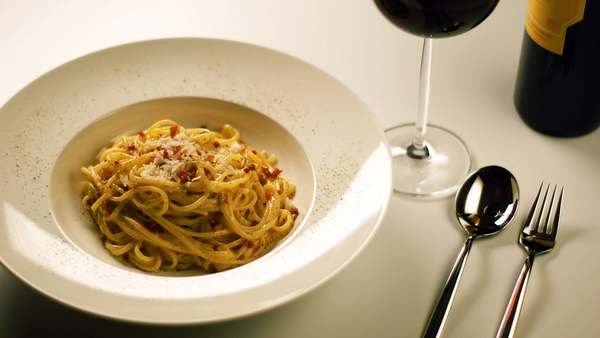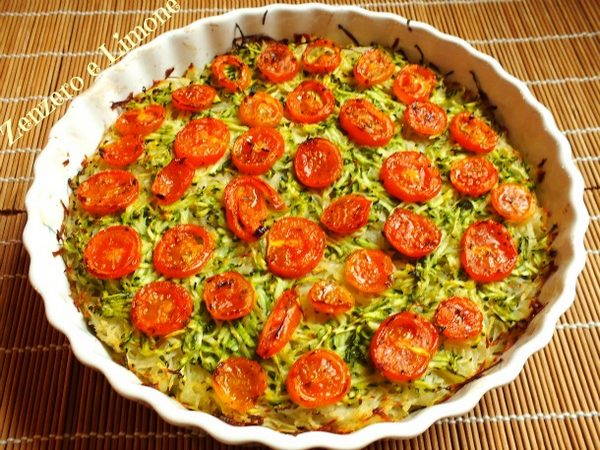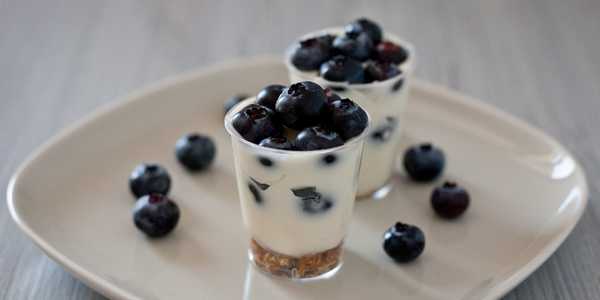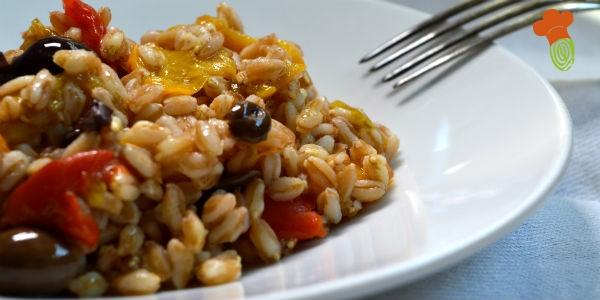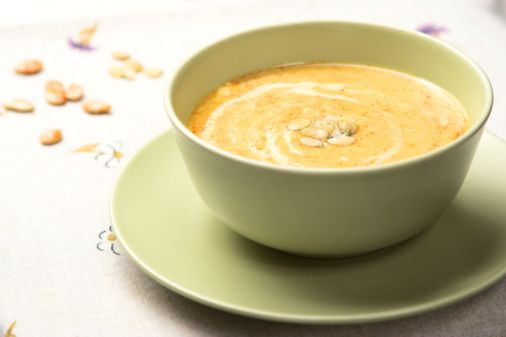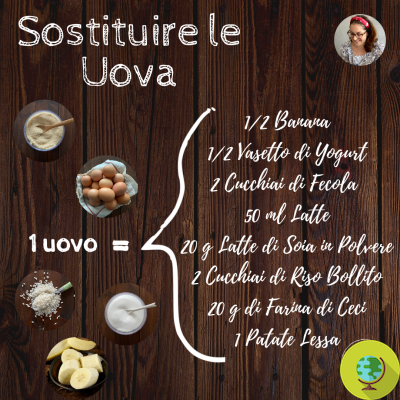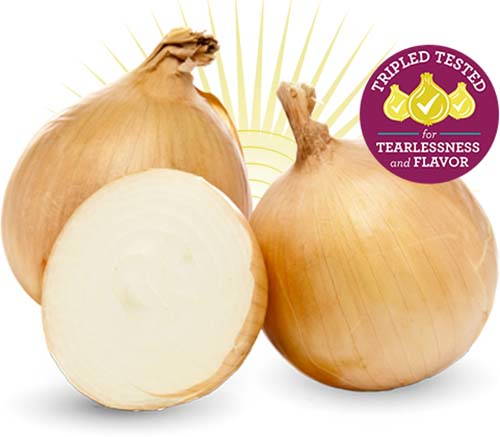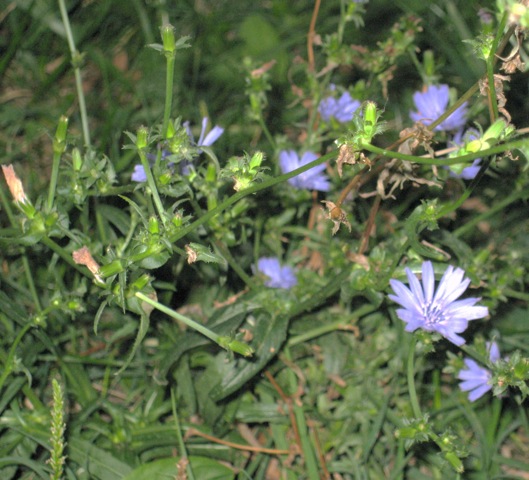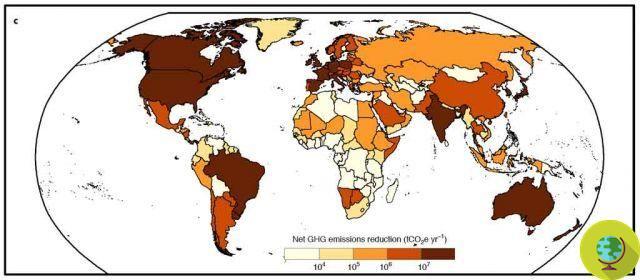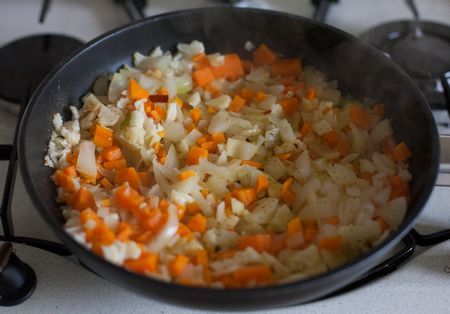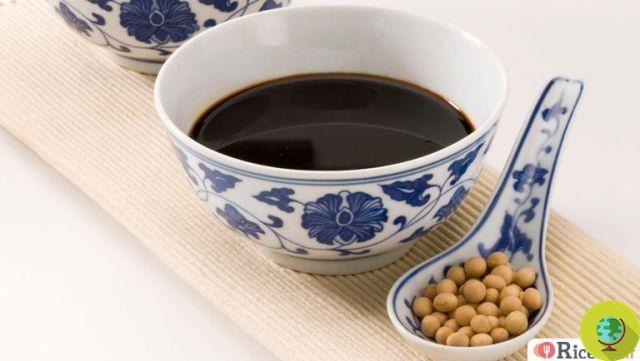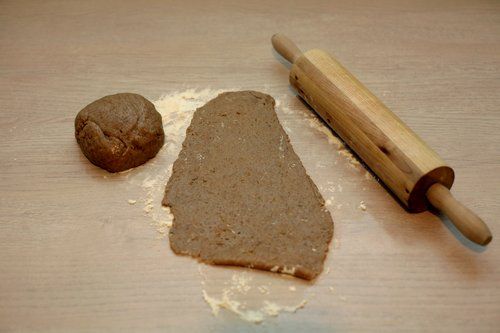The baobab is an extraordinary tree. It is one of the most majestic trees in the world and its fruits are rich in beneficial properties for our health. You may have already heard of the baobab as a tree that provides food and shelter for an entire village.
Don't store avocado like this: it's dangerous
Il baobab it is an extraordinary tree. It is one of the most majestic trees in the world and its fruits are rich in beneficial properties for our health (and beauty). You may have already heard of the baobab tree as a tree capable of providing food and shelter to an entire village, but few know and appreciate its uses and benefits.
The scientific name of the baobab is Adansonia, a term that indicates a genus of plants belonging to the Bombacaceae family. The term baobab is very ancient, it has been present for centuries in African languages and is probably linked to Arabic with the meaning of 'father of many seeds'.
The baobab is able to retain hundreds of liters of water in its trunk to cope with periods of drought. It produces edible fruit. Baobab leaves can also be eaten. We find the baobab in Africa and Australia, where there are different species of this tree. The baobab is the national symbol of Madagascar. The baobab is one of the longest-lived trees in the world, it is a symbol of fertility and long life.
Let's find out what they are the properties, benefits and uses of the baobab.
Index
Baobab, property
La pulp of the fruit and leaves of the baobab tree are rich in beneficial properties. They are traditionally used as a food and as a natural remedy. The most used part of the baobab is the pulp of the fruit which has useful properties for the metabolism, for the intestine and for the skin.
The baobab fruit is one source of vitamins. Contains above all Vitamin C but also B vitamins. It is important both as a source of fiber and for its content of essential amino acids and iron.
In addition, the baobab has antiseptic, antibacterial and anti-aging properties. The action of the baobab helps us to keep ourselves young and healthy for a long time. It is also excellent in case of diarrhea.
Let's summarize the properties of the baobab, with particular reference to the pulp of its fruit.
- It is a source of Vitamin C
- Contains B vitamins
- Provides essential amino acids
- Contains a lot of fiber
- It is rich in antioxidants
- It is a source of iron
- Source of essential fatty acids
- Anti-inflammatory properties
- Antibacterial properties
- Antiseptic properties
- Anti-aging properties
- Detoxifying properties
- Purifying properties
- Antidiarrheal properties
Baobab, benefits
The baobab through the pulp of the fruit helps our body to counteract the action of free radicals which cause the degeneration of the tissues of our organism and our skin.
Being rich in fiber, the fruit of the baobab it is beneficial for the intestine because it favors its correct functioning and regularity. Furthermore, fibers are important because they help the body to eliminate what is not needed and to expel toxins and unwanted substances. We can speak of the baobab fruit as a food Detox.
Fiber is important in nutrition because it helps lower cholesterol and regulate blood sugar levels. Baobab powder improves the immune system.
Let's summarize the benefits of the baobab.
- It is beneficial for the intestines
- Promotes metabolism
- It's good for the skin
- Prevents aging
- Protects and cleanses the liver
- It cleanses the body
- Eliminate toxins
- Improves the immune system
- It is an energizing fruit
- Helps fight stress
- Helps to counteract theanemia
Baobab, i mille usi
How is the baobab used? Of the baobab mainly the pulp of the fruit and the leaves are used at the food level, because they are edible. The populations of the places where the baobab is present feed on it in different ways. Also semi del baobab they can be used for food and in the kitchen.
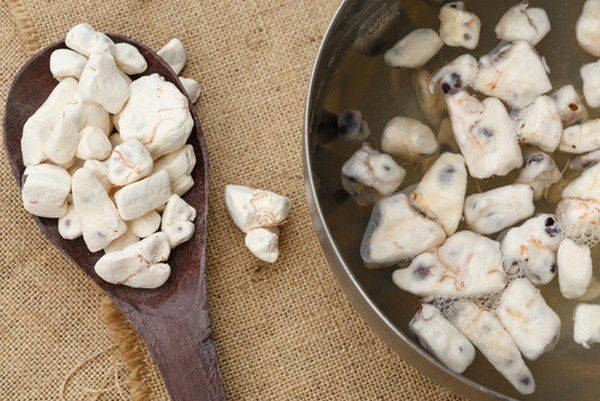
The pulp of the baobab fruit naturally dehydrates after ripening and is ground into a powder. There baobab powder is the format of this fruit and natural remedy that we can find more easily on sale.
- The Australian baobab has always been one food source for the aborigines, as well as water.
- The leaves of the baobab are traditionally used for medicinal purposes.
- Baobab seeds are used for thicken soups and to prepare condiments.
- A vegetable oil is extracted from the seeds of the baobab.
- The leaves are edible and are used in the kitchen in many ways such as making soup.
- The fruits of the baobab are obtained baobab powder, which is used and marketed as superfoods.
- The pulp of the baobab fruit is edible and is eaten mainly for breakfast, for example in milk or in porridge, but you can also eat it as it is.
- Baobab is also a source of textile fibers, vegetable dyes and fuel.
- Baobab is used as a natural remedy for skin problems.
- It is used as a natural remedy for rashes and sunburn.
- Baobab powder is used as an ingredient for cakes, ice cream, puddings, smoothies, bread, cous cous, yogurt, biscotti, muffin.
Baobab powder
We are far from Africa and Australia so we do not have the baobab fruit to collect and taste. The pulp of the baobab fruit after ripening naturally dehydrates.
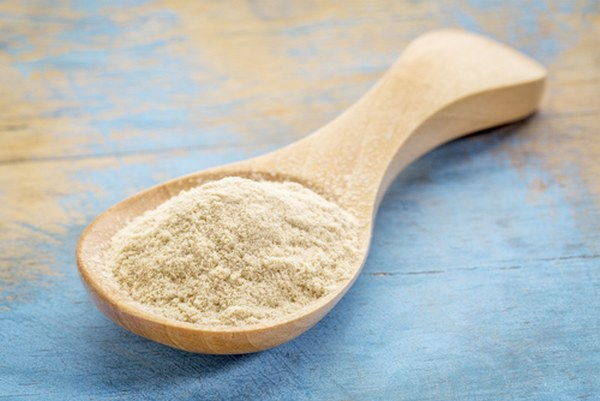
In Europe and elsewhere in the world it is sold as baobab powder, for an superfoods it's a natural supplement beneficial for our health, especially for the liver and intestines. It is a food product composed of dehydrated pulp of the baobab fruit and reduced to powder which, when consumed regularly, can help various functions of the body to work better and regulate themselves.
Baobab powder, calories
The baobab is an energetic and moderately caloric fruit. 100 grams of dehydrated baobab powder correspond 220 calories, with reference to baobab powder from organic farming.
Baobab powder, nutritional values
The following nutritional values correspond to 100 grams of baobab powder.
- Fat 2,2
- of which saturated fatty acids 1,3 g
- G carbohydrates 18,8
- of which sugars 17,3 g
- Fiber 58,1 g
- 2,2 g protein
- Salt 0,00 g
- Iron 12,2 mg
Baobab, doses and contraindications
The recommended doses for baobab powder are 2 cooking spoons (about 18 g). These doses provide approximately 15% of the recommended daily iron requirement. The baobab has no particular contraindications but it is always better to discuss with your doctor in case of pregnancy, breastfeeding and pharmacological treatments.
Baobab, where to find it
Baobab powder is found mainly in online shops but we can also try to look for it in herbalist's shops, organic food stores and ethnic food stores, especially African ones. We advise you to search organic baobab ground into powder.
Marta Albè





